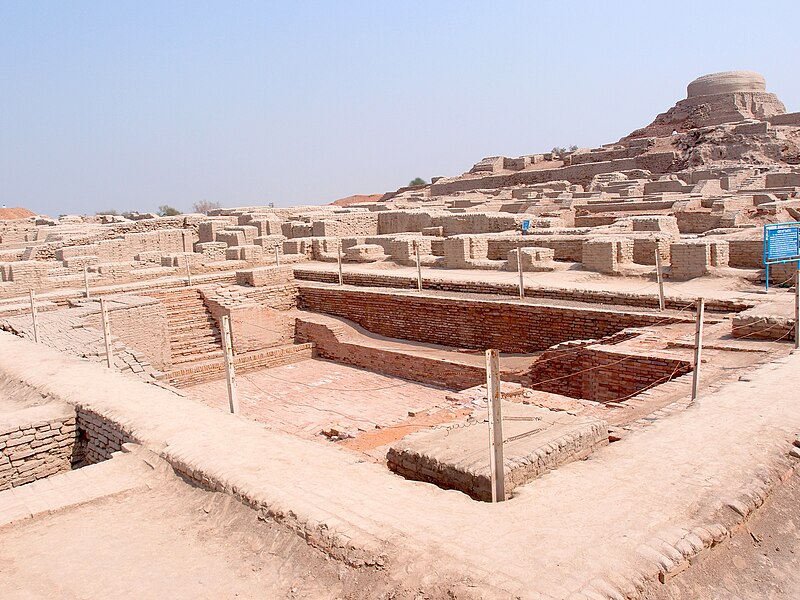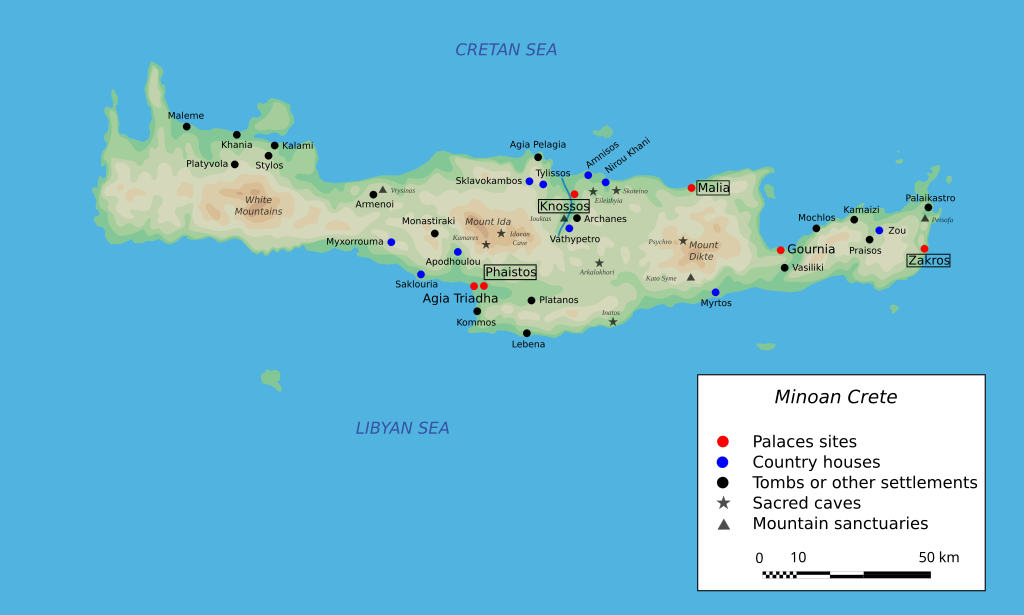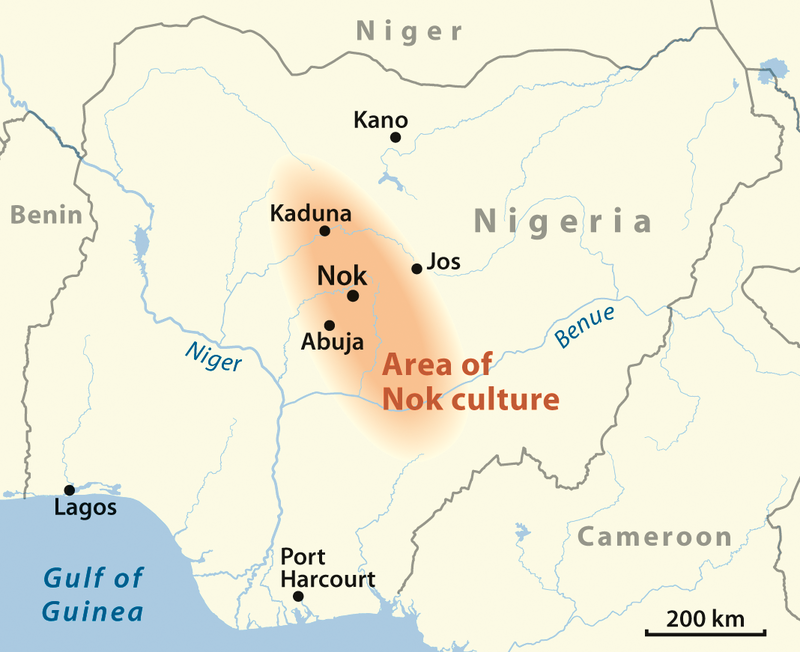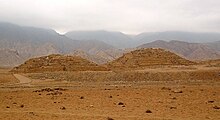7 Forgotten Civilizations That Were More Advanced Than You Think | ListsLook

1. The Indus Valley Civilization: Masters of Urban Planning

Long before modern sewage systems, the Indus Valley Civilization (3300–1300 BCE) in present-day Pakistan and India boasted grid-based cities like Mohenjo-Daro, complete with advanced drainage, public baths, and standardized brick sizes.
Their undeciphered script and trade networks spanning Mesopotamia hint at a sophisticated society. Yet, their sudden decline remains a mystery. Unlike Egypt or Mesopotamia, they lacked grand monuments, but their focus on equality and urban efficiency makes them one of history’s most underrated ancient cultures.
2. The Norte Chico: South America’s Ancient Innovators

Peru’s Norte Chico (3500–1800 BCE) predates the Inca by millennia and thrived without pottery or writing. Their monumental pyramids, like Caral, featured earthquake-resistant designs and complex irrigation systems.
Astonishingly, they used quipu (knotted strings) for record-keeping—a system later adopted by the Inca. This forgotten civilization’s reliance on agriculture over warfare challenges assumptions about early societal development, proving innovation doesn’t always follow familiar paths.
3. The Minoans: Europe’s First Tech Pioneers

The Minoans of Crete (2700–1100 BCE) built multi-story palaces with flush toilets, ventilation systems, and vibrant frescoes. Their maritime empire used a unique writing system (Linear A) and traded across the Mediterranean.
The iconic 'Palace of Knossos' even had a form of central heating. Often overshadowed by Greece, this advanced civilization’s collapse—linked to volcanic eruptions and invasions—remains a cautionary tale of nature’s power over human progress.
4. The Nabateans: Desert Hydraulic Engineers

The Nabateans (4th century BCE–106 CE) transformed arid Petra (Jordan) into a thriving metropolis using ingenious water capture systems. Their networks of dams, cisterns, and ceramic pipes allowed agriculture in the desert, while their rock-cut architecture rivaled Rome’s.
Masters of trade, they controlled incense routes from Arabia. Though remembered for Petra’s Treasury, their hydrological genius cements them among history’s most resourceful lost civilizations.
5. The Nok Culture: Africa’s Iron Age Trailblazers

Nigeria’s Nok Culture (1500 BCE–500 CE) produced Africa’s earliest known terracotta sculptures and pioneered iron smelting 500 years before Europe. Their furnace designs reached temperatures of 1,300°C, enabling advanced toolmaking.
Despite their artistic and metallurgical achievements, the Nok vanished mysteriously, leaving behind only fragments of their legacy. This underrated civilization challenges Eurocentric narratives of technological advancement.
6. The Caral-Supe: Americas’ Oldest Urban Hub

Peru’s Caral-Supe (3000–1800 BCE) is the Americas’ oldest known city, featuring pyramids, amphitheaters, and a quipu-based administrative system. Their agriculture relied on cotton farming and trade with coastal communities.
Remarkably, they flourished peacefully—no evidence of warfare exists. Often overlooked for the Maya or Aztec, Caral-Supe’s communal urban planning redefines our understanding of early societal success.
7. The Oxus Civilization: Central Asia’s Forgotten Metropolis

The Oxus Civilization (2300–1700 BCE) in modern Turkmenistan and Afghanistan built fortified cities with multi-room houses and advanced metallurgy. They crafted intricate jewelry using gold-silver alloys and traded lapis lazuli across Mesopotamia and India.
Their seal carvings suggest a unique writing system still undeciphered. Dubbed the 'BMAC' by archaeologists, this lost civilization’s blend of urbanism and artistry rivals contemporaries like Harappa and Sumer.
Comments
Loading comments...